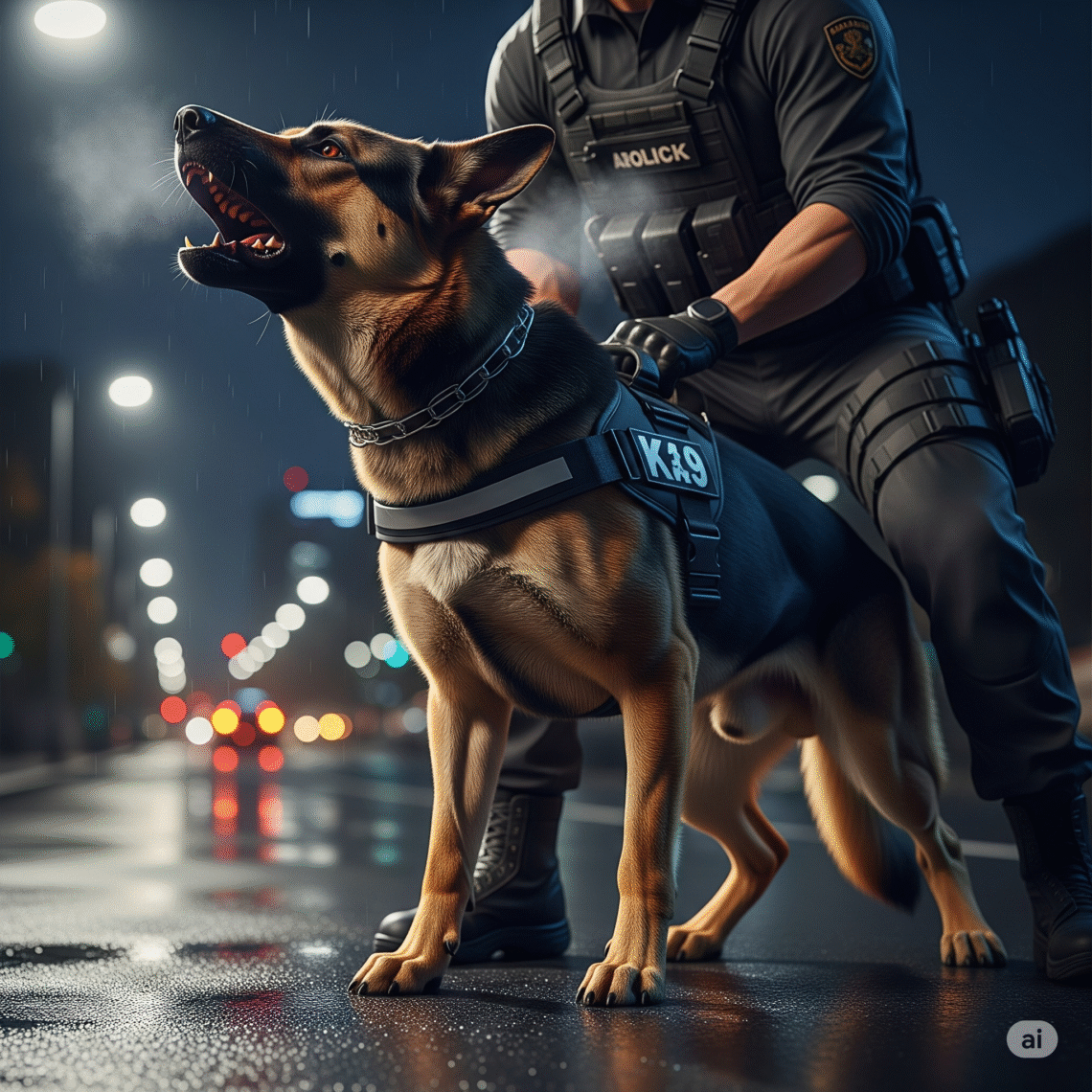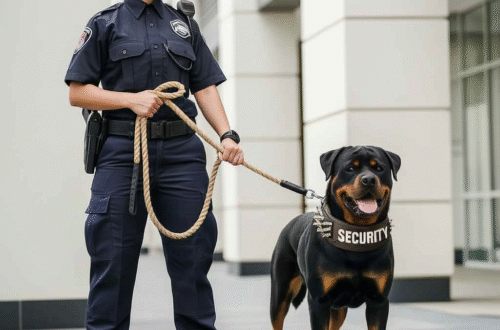Security dogs are more than just pets; they are loyal guardians and trusted protectors. These remarkable animals possess instincts that make them invaluable in safeguarding homes, businesses, and even their owners’ safety.
However, a well-trained security dog is crucial for maximizing their potential. Whether it’s alerting you to intruders or providing companionship while on patrol, effective training lays the foundation for a reliable canine protector.
It’s important to recognize that not all dogs have the same temperament or skill set when it comes to security work. That’s where specialized training comes into play. With the right approach and techniques, any dog can learn to be confident and assertive in protecting what matters most.
Let’s dive deeper into how you can transform your furry friend into an unwavering guardian with proper dog training for security!
The Importance of Training for Security Dogs
Training is crucial for security dogs. These canines must respond effectively in various situations. A well-trained dog can assess threats and protect its owner with confidence.
Without proper training, a dog’s instincts may not align with your expectations. This could lead to confusion during critical moments. Consistency in training ensures that a security dog understands commands and reacts appropriately.
Moreover, socialization plays a vital role in their development. Exposing them to different environments helps build their adaptability and resilience.

Training also strengthens the bond between the handler and the dog. Mutual understanding fosters trust, making it easier for both parties to work together seamlessly.
Regular training sessions keep skills sharp over time. It’s an ongoing process that enhances performance when it matters most.
Different Types of Dog Training Methods
Dog training is a diverse field, with various methods tailored to suit different needs. One popular approach is positive reinforcement. This method rewards good behavior with treats or praise, encouraging dogs to repeat the desired actions.
Another effective technique is clicker training. It utilizes a distinct sound to mark correct behaviors, helping dogs understand exactly what they did right. Many trainers find this method creates clear communication between them and their furry companions.
Conversely, some trainers advocate for dominance-based techniques. These focus on establishing hierarchy within the owner-dog relationship but can sometimes lead to misunderstandings if not applied correctly.
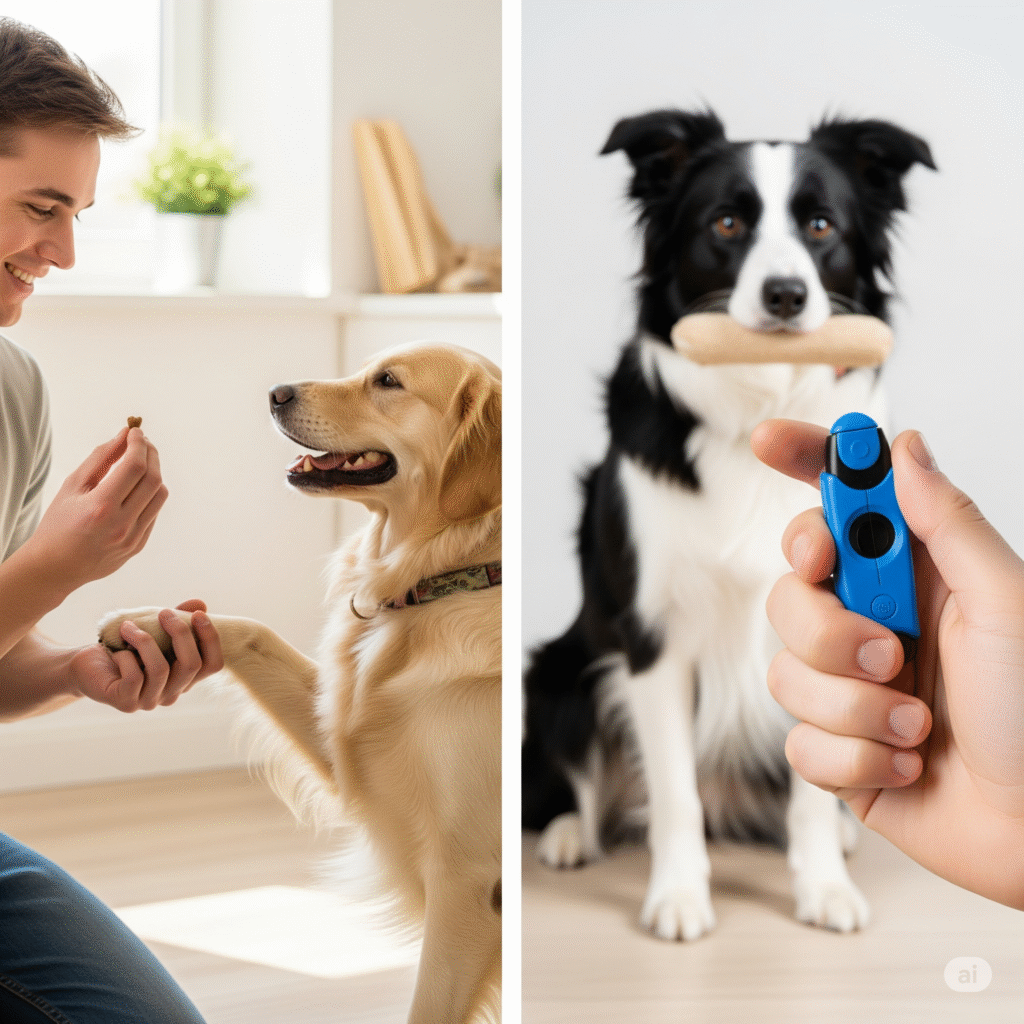
Then there’s socialization training which emphasizes exposing dogs to new environments and stimuli early in life. This helps prevent fearfulness and aggression as they grow older.
Each of these methods has its merits, making it crucial for owners to select one that aligns with their dog’s temperament and specific security needs.
Best Dog Training Techniques for Security Dogs
When it comes to dog training for security, effective techniques matter. Positive reinforcement is a top choice. This method encourages dogs by rewarding good behavior with treats or praise. It’s all about building trust and enhancing obedience.
Another powerful technique is clicker training. A small device makes a distinct sound that signals your dog has done something right. It helps sharpen focus and precision in commands, making it easier for the dog to learn complex tasks.
Introducing scenario-based training can be especially beneficial for security dogs. Simulating real-world situations prepares them to react appropriately under pressure. Whether it’s confronting an intruder or protecting their owner, practice fosters confidence.

Consistency cannot be overlooked. Regular sessions reinforce learned behaviors and keep skills sharp over time. The combination of these modern dog training techniques ensures your security companion remains reliable and vigilant when needed most.
Choosing the Right Trainer for Your Security Dog
Selecting the right trainer for your security dog is crucial. The experience and expertise of a trainer can significantly impact your dog’s development.
Look for trainers who specialize in security dogs. They should understand protective instincts and how to harness them effectively. Certifications from reputable organizations are also a plus, indicating that they have met industry standards.
Consider observing training sessions first. This allows you to assess their methods firsthand. A good trainer will employ modern dog training techniques that encourage positive reinforcement instead of fear-based tactics.
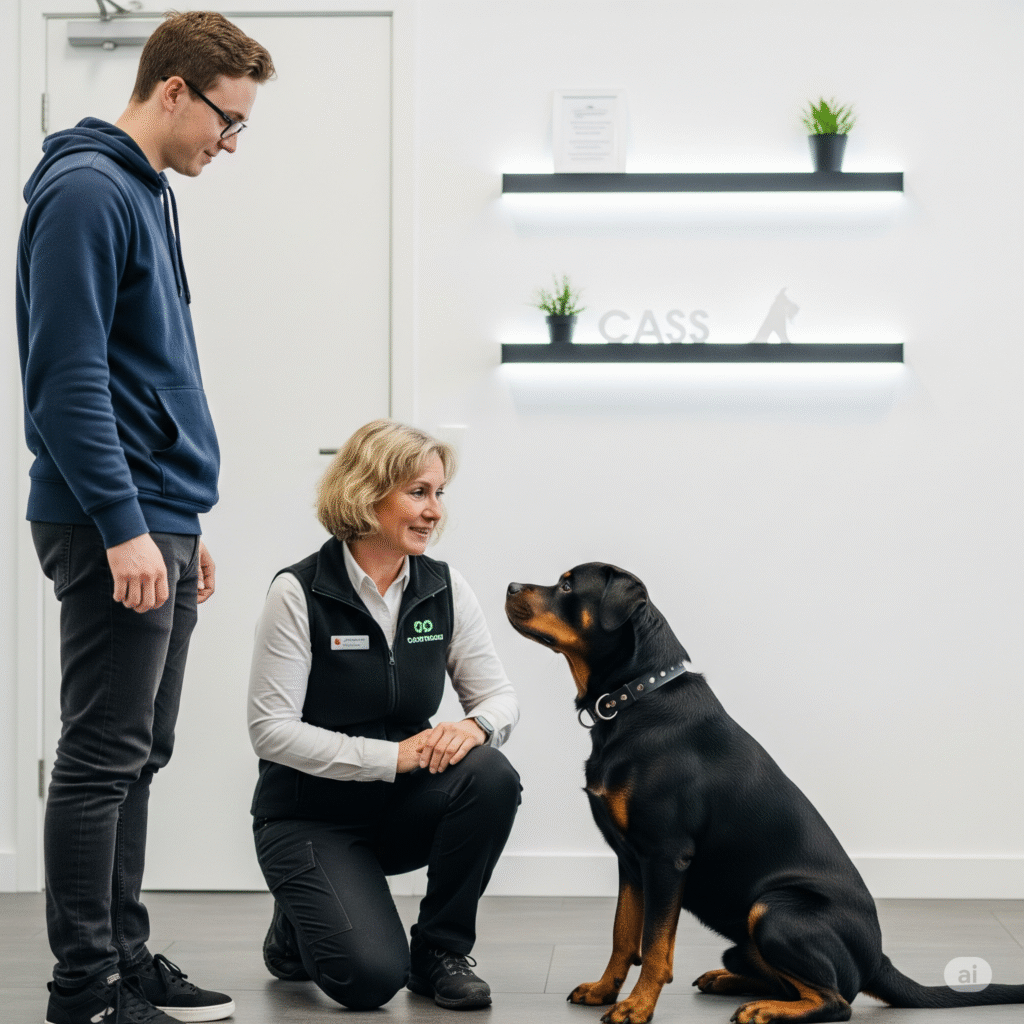
Communication is key as well. Your trainer should be able to explain concepts clearly and keep you engaged throughout the process.
Trust your instincts about the trainer’s compatibility with both you and your dog. Building this relationship will set a strong foundation for effective learning and teamwork between you two.
Real-Life Examples of Successfully Trained Security Dogs
Max, a Belgian Malinois, serves as an exemplary security dog for a local bank. His training in obedience and protection commands ensures he remains vigilant. When suspicious activity arises, Max alerts his handler with remarkable focus.
Then there’s Luna, a German Shepherd working at an airport. Trained using modern dog training techniques, she excels in detecting unusual scents. Passengers often express relief knowing she’s on duty to keep them safe.
Another inspiring tale involves Rocky, a Rottweiler who patrols a gated community. With consistent reinforcement of best commands like “stay” and “alert,” he has become the neighborhood’s protector.
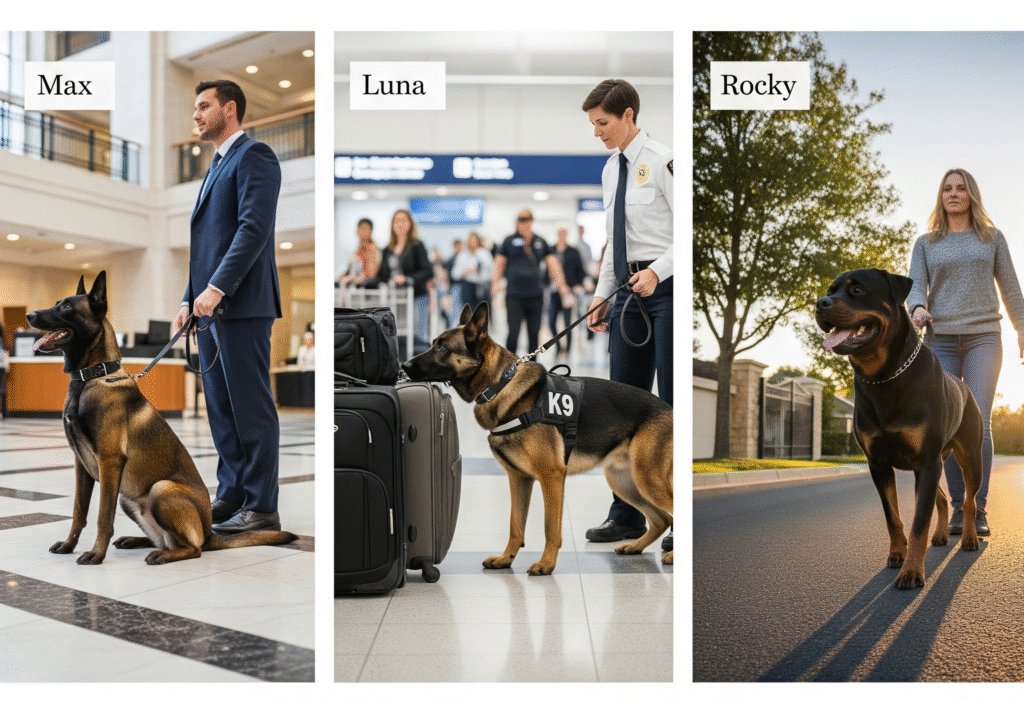
These dogs showcase the power of effective training and dedication from their handlers. Their instincts paired with rigorous preparation enable them to respond calmly under pressure while safeguarding lives and property.
Maintaining and Continuing Training for Long-Term Success
Training doesn’t stop after the initial phase. It’s an ongoing journey with your security dog.Consistency is key. Regular practice reinforces skills and keeps commands fresh in their minds. Short, engaging sessions work best to maintain focus and enthusiasm.
Incorporate training into daily routines. Simple commands can be practiced during walks or playtime, making learning a natural part of life together.
Socialization remains crucial as well. Exposing your dog to various environments and situations helps solidify their training while building confidence in unfamiliar settings.
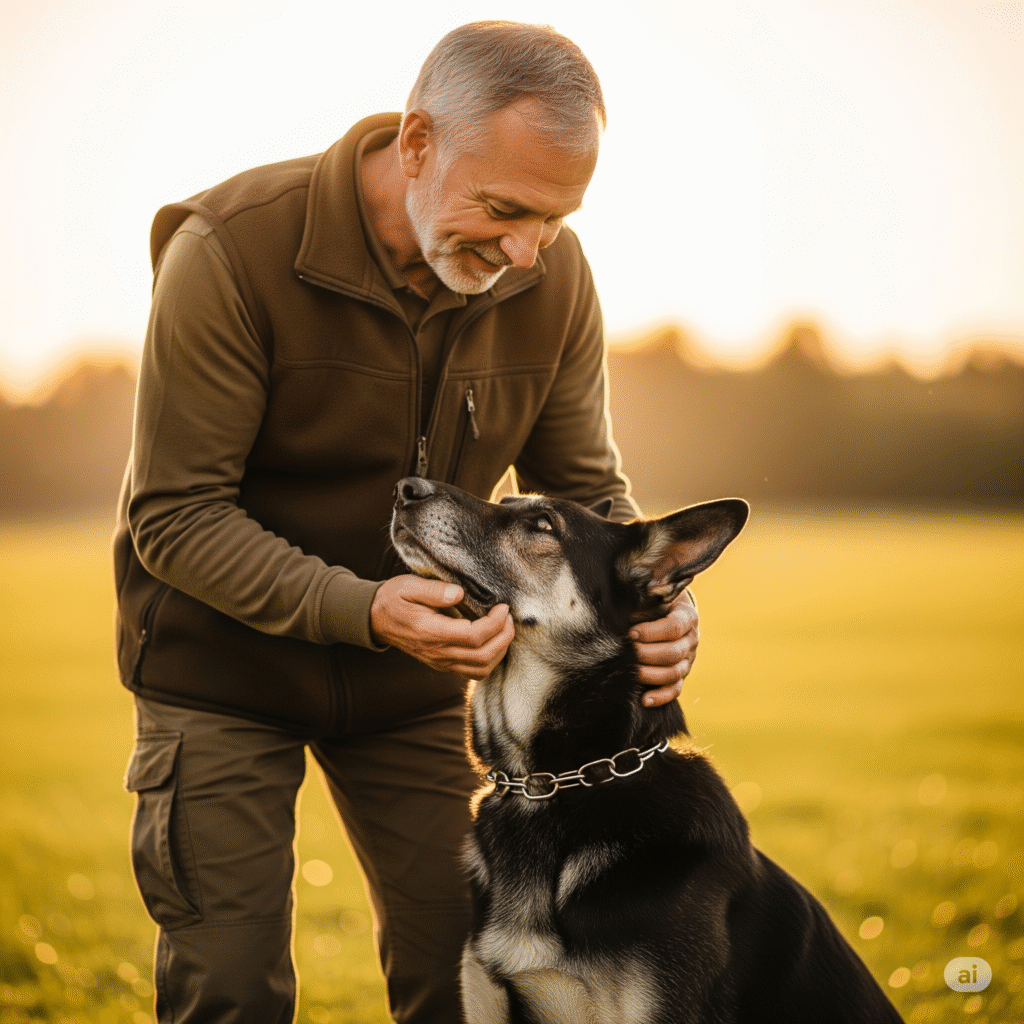
Consider advanced training classes for continued development. These programs introduce new challenges that keep your dog’s mind sharp and engaged.
Remember, every interaction counts toward reinforcing good behavior. Positive reinforcement will strengthen the bond between you and your dog while ensuring they remain reliable protectors over time.
Frequently Asked Questions about Security Trainings
How long does it take to train a security dog?
The duration varies significantly based on the dog’s breed, age, and prior experience. Generally, basic training can take several weeks to months. Advanced training for specific tasks may require additional time.
What are the best commands to teach my security dog?
Essential commands include “stay,” “come,” “guard,” and “leave it.” These commands equip your dog with crucial skills needed for effective protection while ensuring safety in everyday situations.
Can I train my own security dog at home?
Yes, you can initiate training at home using positive reinforcement techniques. However, professional guidance is often recommended for complex behaviors and advanced skills that enhance your dog’s protective instincts.
Conclusion:
The importance of properly trained security dogs cannot be overstated. They serve as a vital line of defense, protecting homes and businesses alike. When equipped with the right training, these dogs become more than just pets; they transform into dependable guardians.
Effective dog training for security goes beyond basic commands. It instills discipline, builds confidence, and fosters resilience in various situations. The best commands are those that your dog understands instinctively commands like “stay,” “alert,” or “defend” can make all the difference when it counts.
Utilizing modern dog training techniques allows handlers to create a bond based on trust and respect. This connection is crucial for ensuring that your security dog will respond appropriately during stressful encounters. Engaging trainers who specialize in this field ensures that you maximize the potential of your canine companion.
Moreover, ongoing maintenance of their skills is essential for long-term success. Regular practice not only keeps your dog’s abilities sharp but also strengthens the handler-dog relationship over time.
In essence, investing effort into effective training methods leads to an empowered canine partner ready to face any challenge head-on while providing peace of mind to their owners.

